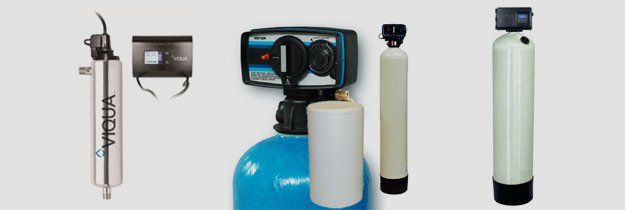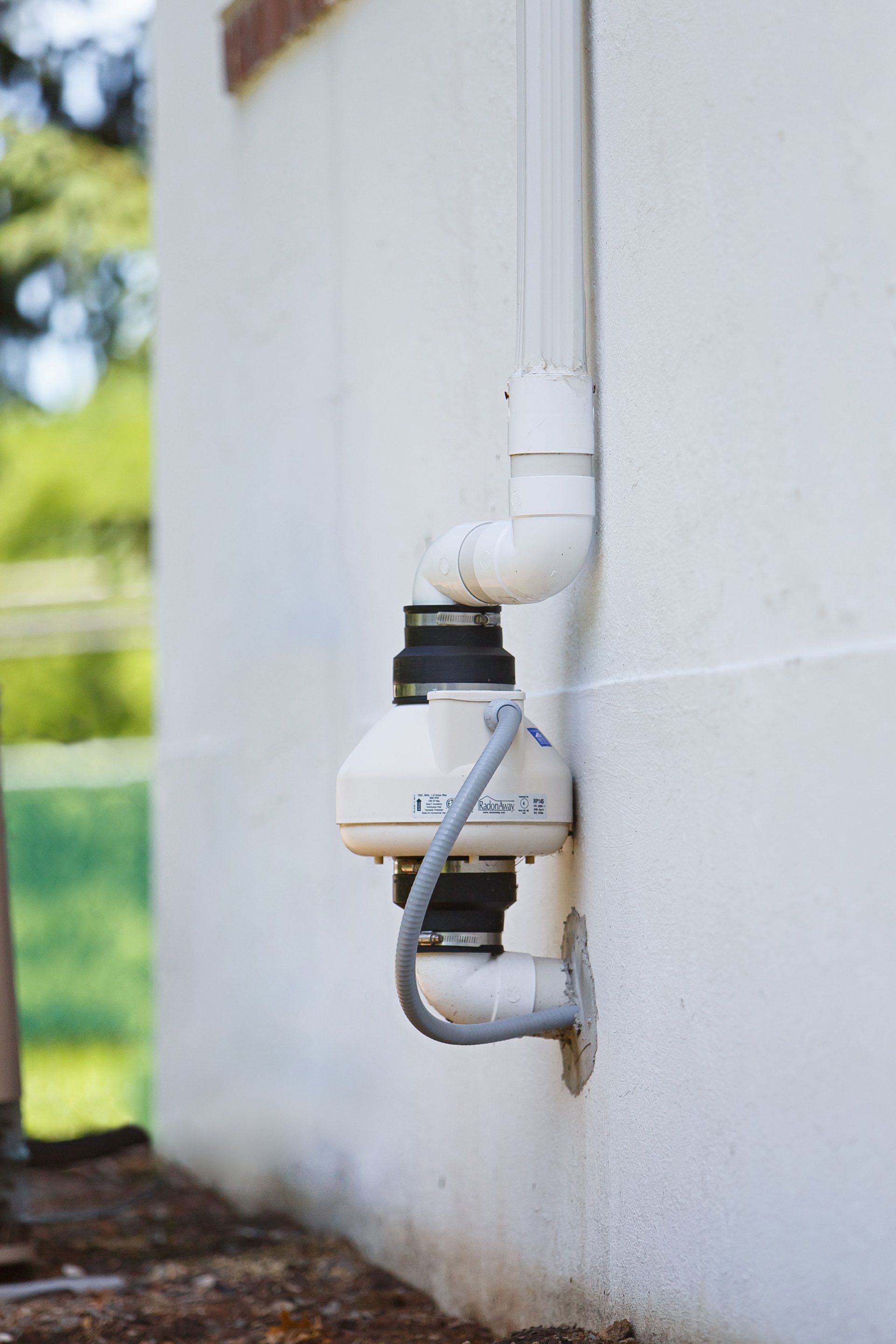
Celebrating Our 100th Year In Business!
Superior Water Filtration Systems
Don't Get Stuck With Impure and Unhealthy Well Water

How We Can Help Solve Your Water Quality Issues?
Radon – In Connecticut the recommended level for Radon in water is < 5,000 pCi/l. Radon is an odorless, invisible, tasteless gas and is the second leading cause of lung cancer in the United States behind smoking. The only way to know if you have Radon in your well water is to have it tested by a certified laboratory.
Arsenic - Comprehensive water testing should be done to determine more than just the presence of arsenic. It is critical to know the form of arsenic present as some forms are more effectively removed than others, and knowledge of other water quality characteristics will influence the technology selected to treat the problem. Information should be gathered about your water supply source, well construction, surrounding land-use, and local geology. All of these factors should be considered in designing an effective treatment system.
Solutions -
Dual tank granular activated carbon (GAC) system: A GAC filter system will absorb the radon gas in the GAC before it enters the house. This system works best with a radon level below 10,000 pCi/l.
Aeration system: The aeration system gases off the Radon and it is released to the atmosphere where it is dispersed and becomes harmless. Radon levels that are above 10,000 pCi/l require an aeration system.
Hardness - Water described as "hard" is high in dissolved minerals, specifically calcium and magnesium. Hard water is not a health risk, but a nuisance because of mineral buildup on plumbing fixtures and poor soap and / or detergent performance. Hard water can reduce the life of water using appliances such as water heaters, furnaces, and dishwashers.
Solution - We will install a high-quality water softener that will significantly reduce the mineral content that causes scaling.
Green / Blue Staining - pH is rated on a scale of 0-14, pH of 7 is considered neutral. A pH reading of 6.8 and below can cause blue / green stains in your sinks and tubs, cause metallic taste in your water and also thin the walls of your copper pipes, eventually causing leaks.
Solutions -
Acid neutralizing Filter : An acid neutralizer utilizes a mineral called calcite to raise your pH approximately 1 point (a 6.5 will be raised to a 7.5). Calcite is a naturally occurring mineral known as Calcium Carbonate which slowly dissolves with the acid water upon contact.
Installation of a pH feed pump: An acid feed pump will inject a mixture of Potassium Carbonate and water into the water coming from the well. This system typically is used when your water is lower than a 6.0 and a neutralizer will not be able to bring your ph to a neutral level.
Brown / Black Staining - Iron and Manganese are common metallic elements found in the earth's crust. Water percolating through soil and rock can dissolve minerals containing iron and manganese and hold them in solution. These minerals can cause brown and black stains on your fixtures and tubs. Typically an iron level of .3ppm and a manganese level of .05ppm can cause staining.
Solutions -
Backwashing Birm Filter uses a media called Birm as a catalyst to enhance the reaction between dissolved oxygen and iron / manganese.
Water Softener can significantly reduce iron and manganese when levels of hardness are elevated
Green Sand Filter a chemical named Potassium Permanganate is used to oxidize the iron and manganese. Once the minerals are oxidized the green sand media trap the iron and manganese.
Odor - Hydrogen sulfide (a rotten egg smell) can be caused by the decay of organic materials and the presence of iron bacteria.
Solutions -
Aeration units can be used to remove the odor from the water before it reaches your fixtures. In most cases a lower pH is helpful in this process
Backwashing carbon filters are effective in removing low levels of odor. Carbon is also very effective in the removal of chlorine on city water systems.
Well Chlorination : If the odor is being caused by the presence of Iron bacteria, a well chlorination will often provide a temporary solution to the issue.
Bacteria - Total coliform bacteria are commonly found in the environment (e.g., soil or vegetation) and are generally harmless. If only total coliform bacteria are detected in drinking water, the source is probably environmental. Fecal contamination is not likely. However, if environmental contamination can enter the system, there may be a way for pathogens to enter the system. Therefore, it is important to determine the source and to resolve the problem.
Solutions -
Well Chlorination : Well chlorination is the practice of using chlorine in a well to kill potentially harmful bacteria. A specific amount of chlorine will be added to your well. The chlorinated water will be circulated back into the well so as to wash the casing in the well. Once this is complete the chlorinated water will be run through the distribution system of your home.
Well Casing Extension : Most older wells were buried in a small enclosure underground. This was done so your water supply lines were protected from freezing in the winter. The issue with your well being buried is twofold. First, the seal at the top of your well has a rubber gasket; over time this gasket can deteriorate allowing surface water (rain water) to enter your well. This could be a potential source for bacteria. Second, your well must be vented to allow air into your well when the water is drawn out. In some cases this vent would end in your basement, be tied to a close by tree or even just stick up in the buried enclosure. In most cases this vent is not screened, therefore leaving an open conduit into your well. Hungerfords can install a casing extension that is approved by The Department of Public Health that will eliminate the aforementioned issues.
Ultra Violet Light : Ultraviolet (UV) disinfection uses a UV light source, which is enclosed in a transparent protective sleeve. It is mounted so that water can pass through a flow chamber, and UV rays are emitted and absorbed into the stream. When ultraviolet energy is absorbed by the reproductive mechanisms of bacteria and viruses, the genetic material (DNA/RNA) is rearranged and they can no longer reproduce. They are therefore considered dead and the risk of disease has been eliminated.
Get Tested | Arsenic
Comprehensive water testing should be done to determine more than just the presence of arsenic. It is critical to know the form of arsenic present as some forms are more effectively removed than others, and knowledge of other water quality characteristics will influence the technology selected to treat the problem. Information should be gathered about your water supply source, well construction, surrounding land-use, and local geology. All of these factors should be considered in designing an effective treatment system.
Our Facebook Feed
Contact Us
North Haven, Connecticut 06473






